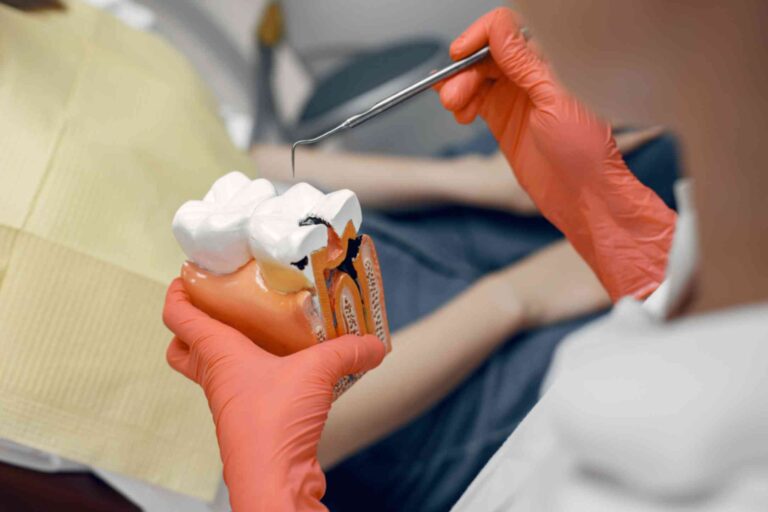


If you are looking to get gum surgeries in Dadar – Mahim, we are here to help. Our experienced team of periodontists specializes in gum surgeries to address various gum health concerns. Whether you require gum grafting, crown lengthening, or other periodontal procedures, we strive to provide exceptional care tailored to your specific needs. Trust our expertise in gum surgeries to restore your gum health and enhance your overall oral well-being.
Schedule a consultation at PlanDental today to discuss your gum health and explore the best treatment options for you.
Gum surgeries may be recommended in various situations to address specific gum health issues. Here are some common scenarios when gum surgeries may be needed:
It’s important to note that the need for gum surgeries can vary based on individual circumstances and the severity of the gum condition. Consulting with a periodontist or dental professional is crucial to determine if gum surgeries are necessary and to develop a personalized treatment plan to address your specific gum health concerns.
Several risk factors can contribute to the need for gum surgery. These factors can increase the likelihood of developing gum disease or other gum-related issues that may require surgical intervention. Here are some common risk factors:
It’s important to note that these risk factors do not guarantee the need for gum surgery, but they can significantly contribute to gum problems. Maintaining good oral hygiene practices, making healthy lifestyle choices, and seeking regular dental care can help minimize the risk of developing gum disease and reduce the need for gum surgery.
Gum disease, also known as periodontal disease, can manifest through various symptoms. Recognizing these signs is crucial for timely diagnosis and treatment. Here are common symptoms of gum disease:
It’s important to remember that gum disease can vary in severity, and not all individuals may experience all the symptoms mentioned above. Regular dental check-ups and professional cleanings are essential for early detection and intervention. If you notice any signs of gum disease, it is recommended to consult with a dentist or periodontist for a comprehensive evaluation and appropriate treatment.
Gum surgery, also known as periodontal surgery, is performed by a periodontist or a dentist with specialized training in gum health. The specific procedure may vary depending on the individual’s condition and the extent of the gum disease. Here is a general overview of how gum surgery is performed:
It’s important to note that the specific procedures involved in gum surgery may vary depending on the individual’s needs and the severity of gum disease. Your periodontist will determine the most suitable approach to address your specific condition and restore gum health.
Gum surgery is typically performed under local anesthesia, which numbs the area being treated and minimizes any discomfort or pain during the procedure. Most patients report feeling little to no pain during gum surgery due to the anesthesia.
However, it’s important to note that after the anesthesia wears off, some discomfort or mild pain may be experienced. The extent of post-operative discomfort can vary depending on the type and complexity of the gum surgery performed. Common sensations following gum surgery may include soreness, swelling, and sensitivity in the treated area.
To manage any discomfort or pain after gum surgery, your periodontist or dentist may recommend over-the-counter pain medications or prescribe appropriate pain relief medication. It is essential to follow their instructions and take any prescribed medication as directed.
Additionally, following proper post-operative care instructions, such as maintaining good oral hygiene, eating soft foods, and avoiding strenuous activities, can help minimize discomfort and promote healing.
If you have concerns about pain or discomfort during or after gum surgery, it’s essential to discuss them with your periodontist or dentist. They can provide you with personalized guidance and address any specific concerns you may have.
